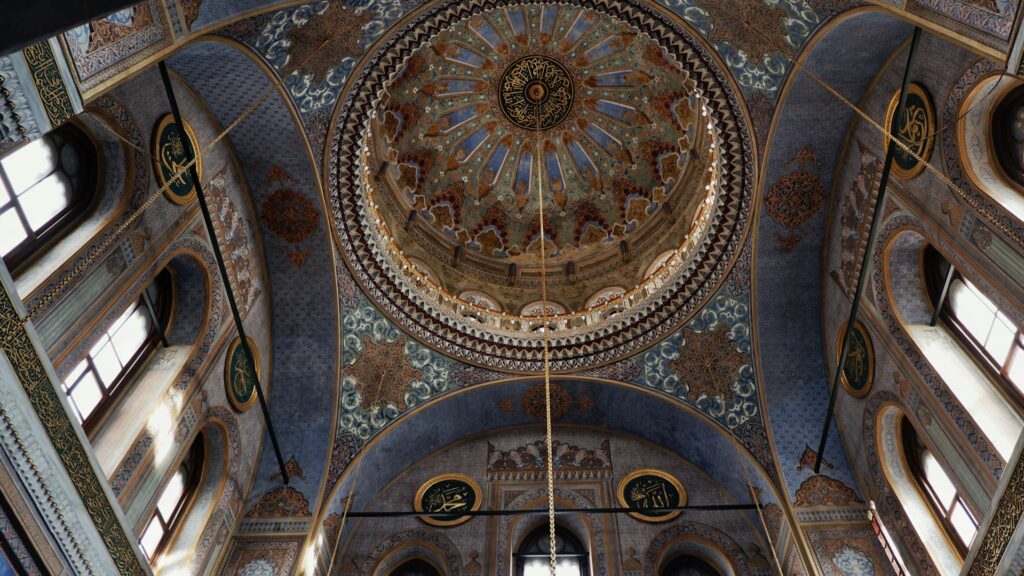 Introduction of Byzantine Aesthetics
Introduction of Byzantine Aesthetics
Byzantine art, with its rich colors, religious iconography, and intricate mosaics, had a profound influence on medieval European art. The use of gold backgrounds and detailed imagery in religious settings inspired Western artists and craftsmen. The introduction of these aesthetics can be traced back to the spread of Christianity and the exchange of cultural practices between the Byzantine Empire and Western Europe.
Iconography and Religious Art
One of the most significant contributions of Byzantine art to medieval Europe was its religious iconography. Icons of saints, the Virgin Mary, and Christ became central to religious worship and art in Europe. The emphasis on spiritual representation over realistic portrayal influenced the development of Gothic art, with its focus on conveying religious experience and divine presence.
Mosaic Art and Architecture
Byzantine mosaics, characterized by their use of small, colored glass or stone pieces, were adopted and adapted by European artists. These mosaics adorned churches and public buildings, bringing vibrant, detailed scenes to walls and ceilings. The architectural influence extended to the use of domes and basilica layouts, seen in many Romanesque and Gothic structures across Europe.
Conclusion
The influence of Byzantine art on medieval Europe was profound and far-reaching. It helped shape the visual and spiritual landscape of the medieval period, leaving a legacy that continued to inspire Western art for centuries.